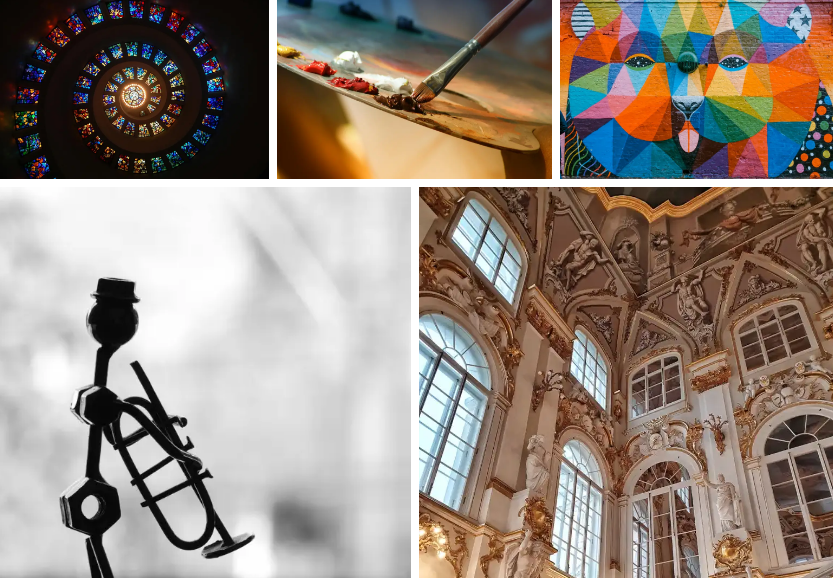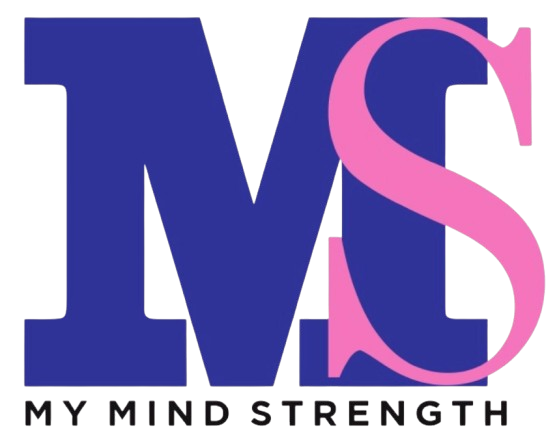
From Canvas to Soul: The Emotional and Mental Journey of Art
Exploring the Essential Role of Art in Nurturing Our Inner World
In the hustle and bustle of daily life, how often do we pause to truly consider the art that surrounds us? For many of us, the answer might be “not often.” Our days are filled with tasks, responsibilities, and distractions, leaving little room for the appreciation of art. Yet, whether we consciously recognize it or struggle to understand its value, art holds an essential place in our lives. It has the power to open our senses, broaden our perspectives, and enrich our experiences, even if we don’t immediately realize its impact.
The Connection Between Art and Emotion
Art has a unique ability to evoke a wide range of emotions. Whether it’s the brushstrokes of a painting, the rhythm of a dance performance, or the haunting melodies of a song, art takes us on an emotional journey. It can lift us into moments of joy, plunge us into the depths of sorrow, or leave us lingering in a state of reflection. Through art, we can explore emotions we might not fully understand, allowing us to process feelings that are often difficult to articulate.
This emotional connection is one of the most profound aspects of art. When we encounter a piece of art that resonates with us, it’s as if we are sharing a moment with the artist, even if we’ve never met them. This shared experience fosters empathy and understanding, helping us see the world from another person’s perspective. In a way, art becomes a bridge between souls, connecting us in a deeply personal and meaningful way.
The Link Between Art and Mental Health
Beyond its emotional impact, art plays a crucial role in mental health and well-being. . Art provides a safe space for us to express thoughts and feelings that might be too overwhelming to confront directly. By externalizing these emotions through creative expression, we can gain a sense of control and clarity.
Art therapy, for example, is a well-established practice that uses the creative process to help individuals navigate mental health challenges. Whether it’s through painting, drawing, music, or dance, art therapy allows people to explore their emotions in a non-verbal way, often leading to breakthroughs in understanding and healing.
But you don’t need to be in therapy to benefit from art. Simply taking the time to engage with art in your daily life—whether by visiting a gallery, listening to music, or even doodling on a notepad—can have a positive impact on your mental health. It can provide a moment of calm in a hectic day, a way to unwind and reset, or a means of expressing what’s on your mind.
So, the next time you pass by a piece of art, take a moment to truly see it. Let it speak to you, open your mind to its message, and allow it to be a part of your life. You might discover that art is not just a luxury but a necessity in our pursuit of a fulfilled and emotionally rich life. By embracing art, we open ourselves to a world of beauty, emotion, and understanding that can profoundly enrich our lives.
If this post resonates with you, feel free to like, follow, share it forward, and add your thoughts in the comments.





Discover more from mindstrengthorg.in
Subscribe to get the latest posts sent to your email.

The Reassurance of Familiarity: Revisiting Mental.
Discuss how the evolving landscape of mental health requires continuous learning and adaptation. In the vast.
Read More
New Year, New Resolutions: What If.
The Burden of Unrealistic Expectations It’s that time of year again. The calendars have flipped, the.
Read More

0 Comments
I think art helps with mental well being!
Yes 👍